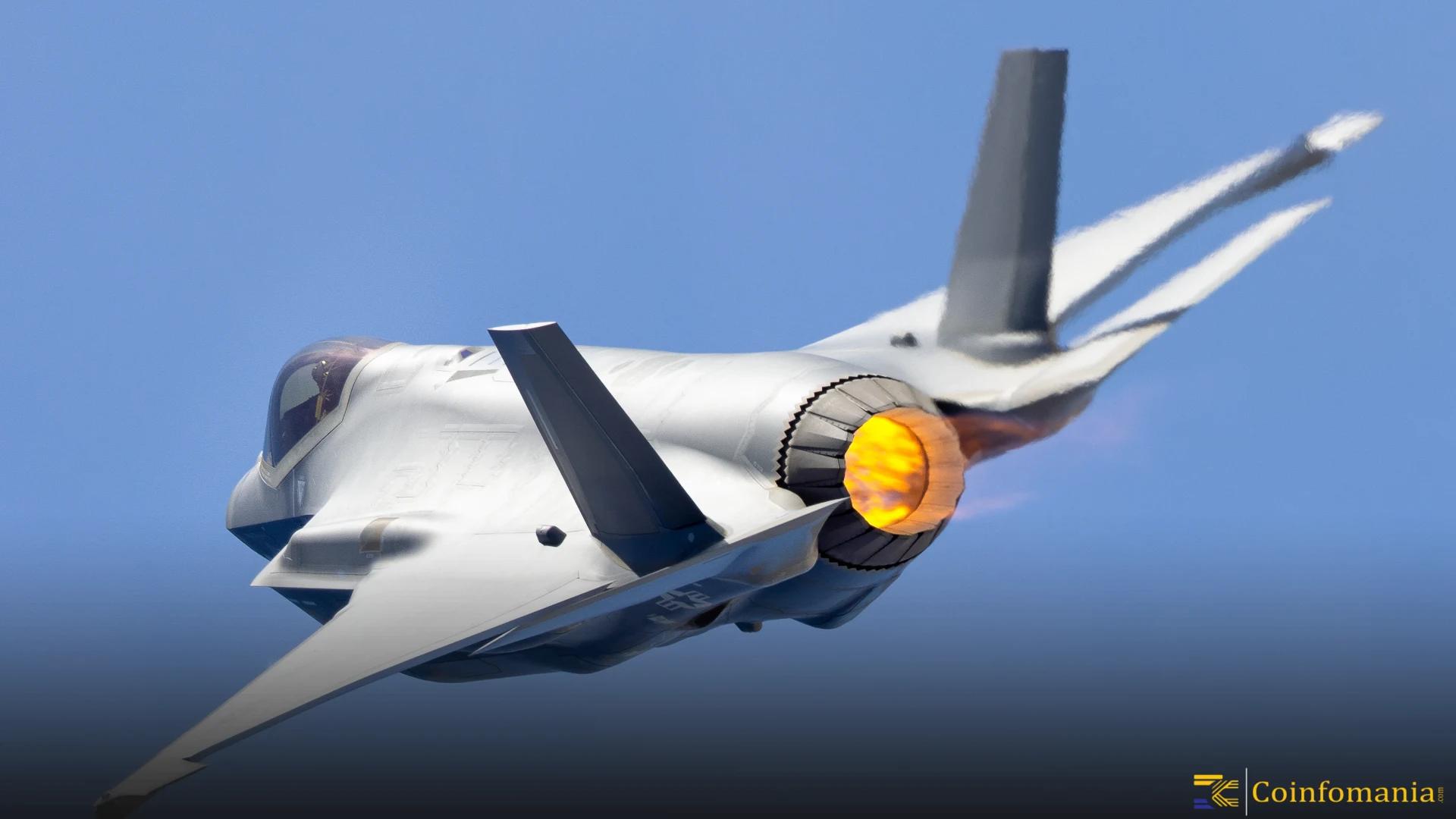UK Rejoins Airborne Nuclear Game with F-35 Deal in Major Defence Shift
UK to buy 12 nuclear-capable F-35A jets in major defence shift, reviving airborne deterrence and aligning with NATO’s nuclear-sharing strategy.

Quick Take
Summary is AI generated, newsroom reviewed.
The UK will acquire 12 U.S.-made F-35A jets capable of carrying nuclear weapons.
This marks the RAF's return to an airborne nuclear role for the first time since 1998.
The jets will be based at RAF Marham and integrate with NATO’s nuclear-sharing mission.
PM Keir Starmer calls the move a response to global "radical uncertainty."
In a move described as the most significant military realignment since the Cold War, Prime Minister Keir Starmer has confirmed that the United Kingdom will acquire 12 American-made F-35A stealth fighter jets capable of carrying nuclear weapons. The announcement, first reported by Sky News and circulated on social media by geopolitical commentator Mario Nawfal, marks Britain’s return to an airborne nuclear deterrent capability, something the Royal Air Force (RAF) has not maintained since the retirement of its last nuclear-capable jets in 1998.
The F-35A Lightning II, produced by U.S. defence contractor Lockheed Martin, is the only version of the F-35 family certified to carry the B61-12 tactical nuclear gravity bomb. This acquisition re-integrates the UK into NATO’s nuclear-sharing framework, aligning it with member states such as Germany, Italy, and the Netherlands.
RAF Marham to House New Nuclear Fleet
The 12 F-35As will be based at RAF Marham in Norfolk, already home to Britain’s fleet of F-35B short takeoff and vertical landing (STOVL) aircraft. Unlike the B variant, however, the F-35A is a conventional takeoff and landing model with enhanced range, speed, and payload capabilities—making it ideal for nuclear deterrence missions under NATO protocols.
While Britain’s primary strategic deterrent remains its fleet of Vanguard-class submarines armed with Trident missiles, this latest development adds a flexible, tactical dimension to its nuclear posture. It provides the RAF with an operational nuclear delivery platform for the first time in nearly three decades.
A Message to Moscow—and Beijing
During a press conference at Downing Street, Prime Minister Starmer stated that the purchase was necessary due to the “radical uncertainty” now shaping the global security landscape. He made particular reference to Russia’s continued aggression in Eastern Europe and increasing Chinese assertiveness in the Indo-Pacific region.
“This is not about escalation. It’s about preparation,” Starmer said. “We are signalling to both allies and adversaries that the United Kingdom is ready to defend itself and its partners with a full-spectrum deterrence capability.”
Military analysts suggest the decision is also meant to reinforce Britain’s influence within NATO at a time when the alliance is rethinking its nuclear doctrine in response to emerging threats.
Reactions at Home and Abroad
Reactions to the announcement have been mixed. NATO Secretary General Jens Stoltenberg welcomed the UK’s decision, calling it “a timely and necessary step to bolster collective deterrence.” Meanwhile, domestic opposition leaders and anti-nuclear campaigners have questioned the wisdom of investing in more nuclear platforms, particularly during an ongoing cost-of-living crisis.
The Campaign for Nuclear Disarmament (CND) issued a statement condemning the move, warning it could “ignite a new arms race and divert critical resources away from public services.”
However, military experts argue that the strategic environment has changed drastically since the end of the Cold War, necessitating updated responses.
A Generational Shift in UK Defence Posture
While the UK has long relied on its submarine-based deterrent for nuclear strategy, the inclusion of F-35As redefines its military doctrine. This dual-track approach, strategic and tactical, mirrors Cold War-era policies, but with modern technology and geopolitical context.
In Starmer’s words, “This is a generational shift. It’s about deterrence, not aggression. But deterrence only works when it’s credible.”
As the jets are integrated into active service over the coming years, the UK’s re-entry into the airborne nuclear sphere is likely to have far-reaching consequences, not just for its national security, but for the broader dynamics of deterrence in a shifting global order.
Follow us on Google News
Get the latest crypto insights and updates.
Related Posts

Tether Gold (XAUT) Secures Major Boost As ERC-20 Support in the US
Triparna Baishnab
Author

Dogecoin Compresses at $0.14 as Volatility Tightens — Breakout or Retest Ahead?
Triparna Baishnab
Author

Bitcoin Short-Term Holders Face Brutal Capitulation as Losses Reach 25%
Triparna Baishnab
Author